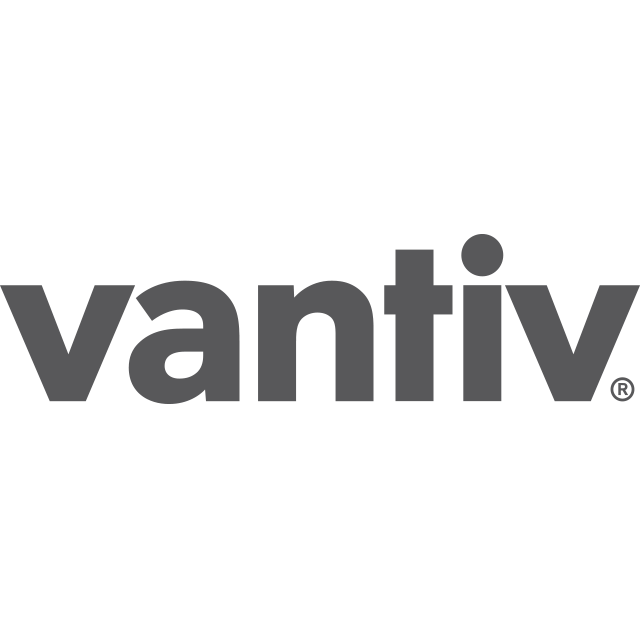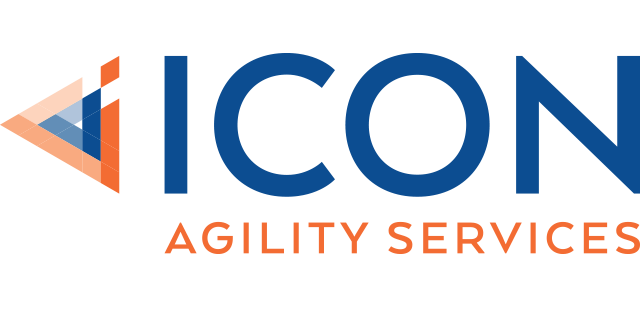
“SAFe helped us with a magic formula to bring alignment across all teams at an enterprise level, which we struggled to achieve previously. Scalability, visibility, predictability, and most importantly alignment, have improved drastically in the past year. SAFe has become integral to how we develop, deploy, and deliver our technology to customers. In short, SAFe helped us to re-define and invigorate our product development initiatives”
—Ramesh Nori, SPC, Director of Agile PMO and AGILE Coach
Challenge:
For 10 years, SproutLoud experimented with Scrum and Kanban at scale, but it needed a new approach as its product and infrastructure became more complex.
Industry:
Advertising and Marketing
Solution:
SAFe®
Results:
- Upgrades on a two-week cycle
- Higher code quality through continuous delivery
- Improved collaboration between stakeholders, which resulted in better product definition
- A focus on value delivery
- Enhanced alignment between the business and IT
- A higher priority on innovation and education
Best Practices:
- Start with training – Train teams and leadership first
- Assign SAFe roles – Identify roles such as Product Manager, RTE, System Architect, and DevOps. Also identify the Portfolio team and the roles and responsibilities of everyone involved in an ART.
- Start with an ART – Then use Inspect and Adapt techniques to improve
Introduction
SproutLoud launched in 2006 with six people and a vision: to change channel marketing. Since then, the company has done just that, and in turn, has grown to nearly 200 employees.
SproutLoud helps major brands be more successful selling their products through local channels with its platform of software, services, and support.
n 2009, as its client base and product offerings expanded, SproutLoud began experimenting with Lean-Agile practices, including Scrum and Kanban at scale. The very speed of its growth made scaling critical.

Over the next few years, IT leaders tried various sprint lengths and increased the sophistication and size of their efforts, adding story-point estimation, cross-functional teams, and value-based management. While teams embraced some aspects—such as empowering teams to be self-organizing—they resisted others, like day-long planning meetings.
In 2014, when the Florida-based company opened an office in South America, IT leadership knew it was time for a new approach.
“The models we had were not on par with our growth,” explains Ramesh Nori, SPC, Director of Agile PMO and Agile Coach. “As our product became more complex, our infrastructure needed to be more robust, and we had to expand beyond IT. It was time to think about a scaling model to increase predictability, alignment, and performance across the enterprise.”
IT and the business finally align
In mid-2015, a search for scaling models led SproutLoud to the Scaled Agile Framework® (SAFe®). “When we found SAFe, we thought, ‘That’s a perfect match!” Nori said. “It resonated very well with our needs and issues at that time.”
“SAFe addressed our pain points, offered suggestions on allocating resources filling in new roles, and introduced a way to approach distributed decision-making, which we really needed at the time,” adds Anjan Upadhya, CTO.
With backing from the executive team, SproutLoud moved forward quickly with deploying the Framework. Admittedly, nine years of work on Lean-Agile practices eased the transition as many were already familiar with the fundamental concepts.
One individual from SproutLoud headed to SAFe® Program Consultant (SPC) training in Washington, D.C. Following that, teams went through SAFe® for Teams while managers took the Leading SAFe® course.
Even though many stakeholders were not yet certified as SPCs, SproutLoud held its first Program Increment (PI) planning meeting and launched its first Agile Release Train (ART) in 2015. “We began using the Framework immediately in our existing development process, which helped us scale from three to seven teams,” Nori said.
They followed with Inspect and Adapt sessions at the end of each PI—as well as at the end of each sprint—to evolve the product development cycle constantly and adhere to the Framework on an iterative basis.
With the introduction of SAFe, SproutLoud brought together teams and business owners for PIs, creating new alignment between the two groups. “Business owners explained the ask, making requests much clearer for IT teams,” Nori said. “That was really fundamental.”
As SproutLoud brought on over 50 new employees from 2015 to 2018, SAFe helped the company absorb them much more smoothly than before. “With clearly defined roles, the team dynamic became very clear and easy to understand,” Nori said. “Even if we had to reconfigure teams, the Framework kept team members on the same page.”
Overcoming resistance, challenges
With the move to SAFe, SproutLoud team members began the process of becoming familiar with the Framework, adjusting to the new way of working, and over time began to embrace it and see the benefits.
The company also contended with having the right people in the right roles for the Framework to succeed—a key step before the transformation begins. Looking at products in terms of strategic themes, Epics, and Features helped teams work through the transformation.
The fundamental change was with introducing two new teams—the Product team and the Engineering team to help with the business and technical sides of the products to be developed.
“Also, we now have a dedicated product team with a product manager and product owners working to help with artifacts such as Epics, Features, and Stories,” Nori said. “This has helped ease the stress on the system due to poorly defined work items. It is a journey and we are making good strides in the right direction.”
Finally, the company also focuses on maintaining excellent code quality through the continuous delivery cycle. SproutLoud addressed these challenges by offering regular training sessions, along with making changes to the development cycle involving enhanced GIT-automated flows.

Deploying regular product upgrades
Currently, SproutLoud runs one ART with 10 teams in the company. After about two years of working within SAFe, Nori and Upadhya credit the Framework with providing excellent insights into challenges related to misalignment, lack of prioritization, and lack of Lean-Agile principles at the Portfolio level—which has a direct impact on delivering value to clients.
SproutLoud now deploys upgrades to its platform on a two-week cycle, and clients gain instant access to those innovations. The ultimate goal is to have on-demand releases in place. The SproutLoud team is working diligently toward that goal while fully embracing the Framework and its recommendations.
“Prior to SAFe, large batch releases stressed the system as a whole, not including the downtime effects,” Nori said. “But post-SAFe implementation, we are doing smaller incremental releases, which has helped reduce the system downtime for launches.”
In addition, the Product team is now offering on-demand training to clients and stakeholders on all the new products that were delivered to production.
After many years of trying Lean-Agile practices without SAFe, leaders were pleased to see improvements quickly:
- The development teams are more empowered and engaged than before with product development initiatives, which is directly attributed to having an exclusive Product team and an Engineering team
- The emphasis on Agile metrics brought alignment among all tiers of the product development organization as everyone is speaking the same common language
- The company’s focus is now set on PI objectives, which are directly attributed to value delivered to the clients
- With a Lean-Agile mindset, innovation is continuous and SproutLoud introduced in-house hackathons
- SproutLoud formed an exclusive Product Management team with product managers and product owners to help manage the product from concept to final delivery
- The company formed an exclusive Systems Engineering team with systems architects and engineers to help manage the technical side (enablers) of the product being planned for delivery
SproutLoud also now extends beta access to clients to collect feedback before products hit the market, which contributes to improved quality.
“As a growing company that never took funding, it’s a challenge to adopt the Framework while balancing costs,” Upadhya said. “We worked on changing our mindset first and then getting people into the right roles. We’re still not 100% there with getting ideal roles filled, but we’ve made significant progress—and we’re seeing the results.”
Most importantly, SAFe helped create essential alignment between the business and IT. “SAFe helped us with a magic formula to bring alignment across all teams at the enterprise level, which we were struggling to achieve previously,” Nori said. “Scalability, visibility, predictability, and most importantly alignment, have improved drastically in the past year. SAFe has become integral to how we develop, deploy, and deliver our technology to customers.”
Share:
Back to: All Case Studies
Suggested Case Study:
EdgeVerve Systems








